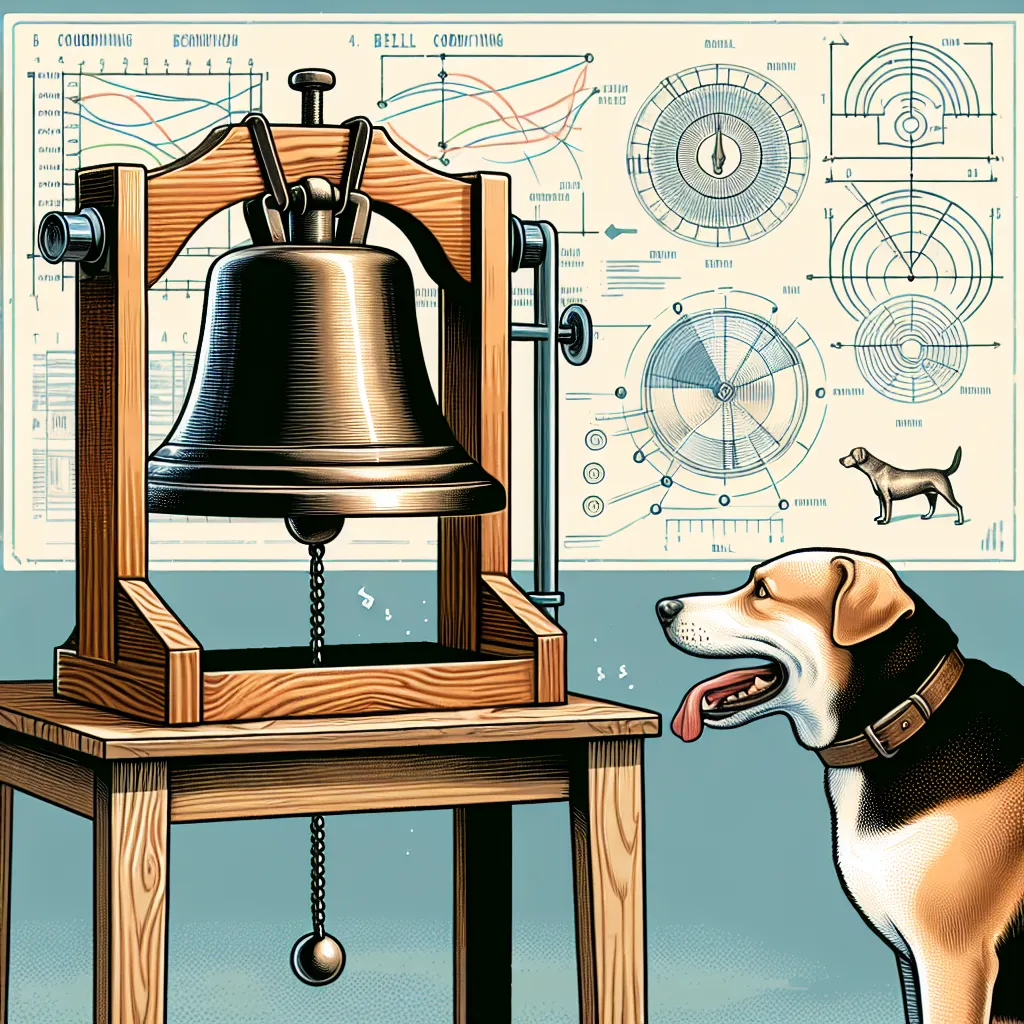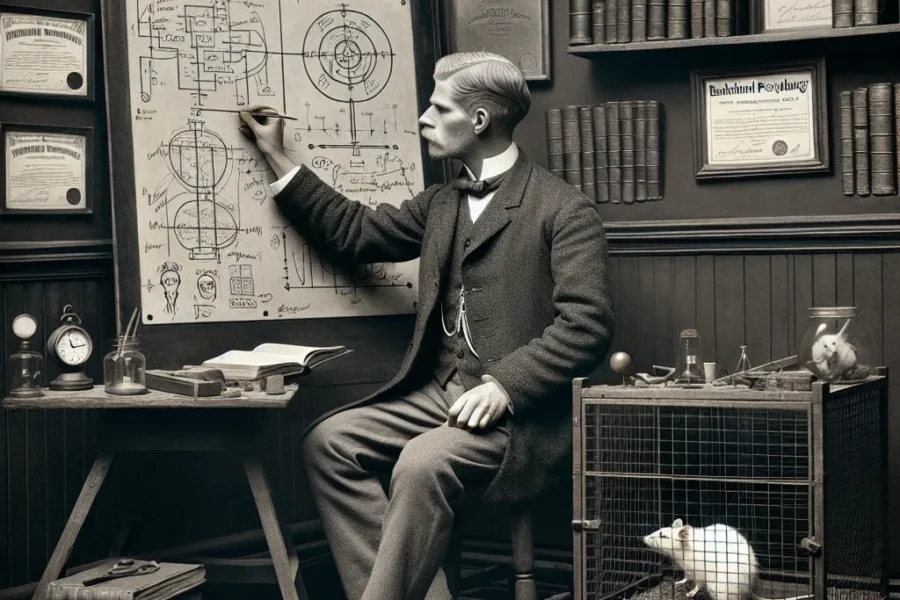Pavlov’s Legacy in the Study of Learning and Behavior
Ivan Pavlov, a Russian physiologist, left an indelible mark on the study of learning and behavior through his ground-breaking work in the late 19th and early 20th centuries. Today, his legacy continues to influence psychology, education, and neuroscience, shaping our understanding of how living organisms adapt and respond to their environment.
Pavlov’s most famous contribution to the field of psychology is his discovery of classical conditioning. This type of learning occurs when a neutral stimulus becomes associated with a naturally occurring stimulus, leading to an automatic response. Pavlov’s experiments with dogs, in which he paired the sound of a tuning fork (the neutral stimulus) with the presentation of food (the unconditioned stimulus), resulted in the dogs salivating (the unconditioned response) to the sound alone. This critical observation introduced the potential for understanding the associative processes at the heart of learning.
Pavlov’s work opened the door for future psychologists to explore the mechanisms of learning in both animals and humans. His notions of stimulus generalization and discrimination, the difference between conditioned and unconditioned responses, and the concept of extinction are foundational principles in behaviorism, a school of thought that focuses on observable behaviors rather than internal thoughts and feelings.
The influence of Pavlov’s work has extended far beyond the initial confines of classical conditioning. One area that has seen a significant impact from Pavlov’s findings is the understanding of phobias and anxiety disorders. Behavioral therapies often rely on the principles of conditioning to help individuals unlearn irrational fears, illustrating how Pavlov’s legacy is applied in practical and therapeutic settings.
In education, these conditioning principles are employed to shape classroom behaviors and learning techniques. Effective teaching strategies often incorporate reinforcement schedules, which can be traced back to Pavlovian and later operant conditioning frameworks. By acknowledging the cues and contexts that trigger student responses, educators design learning environments conducive to positive behavioral outcomes.
Pavlov’s influence extends to the realm of neuroscience, where researchers investigate the brain’s structures and processes related to conditioned learning. Technological advancements have allowed scientists to explore the neural underpinnings of conditioning, expanding on Pavlov’s initial findings. Modern studies utilize imaging techniques to observe activity in various brain regions during conditioning tasks, seeking to understand the neural circuits that contribute to learning and memory.
A century after Pavlov’s work, the concept of neuroplasticity has emerged, highlighting the brain’s ability to change and adapt as a result of experience. This idea resonates with the fundamentals of Pavlovian conditioning, as it underscores the impact of environmental interactions on neural pathways. Today’s researchers continue to uncover how the principles of conditioning can influence the reorganization of synaptic connections, providing a clearer picture of how learning and behavior evolve over time.
Pavlovian conditioning is also evident in consumer behavior and marketing strategies, where stimuli are used to elicit desired responses in potential customers. Brands often employ techniques predicated on conditioned responses, using logos, jingles, and other cues to generate favorable associations with their products or services. Understanding the psychological principles behind consumer choices has become a crucial aspect of effective marketing and advertising.
The field of animal training also benefits from Pavlov’s legacy, with trainers applying conditioning principles to modify the behavior of pets and working animals. By using stimuli to reinforce certain actions, trainers can encourage behaviors from simple obedience to complex tasks, all stemming from the foundational work of Pavlov.
Despite the breadth of Pavlov’s impact on the study of learning and behavior, some criticisms have emerged regarding the limitations of classical conditioning. Critics point out that this framework does not account for all aspects of learning and behavior, particularly those that involve higher cognitive processes. As a result, other learning theories, such as social learning theory and cognitive-behavioral theory, have been developed to fill in the gaps left by Pavlov’s model.
In conclusion, Ivan Pavlov’s pioneering experiments have become a cornerstone in the study of learning and behavior. His discovery of classical conditioning has generated a wealth of knowledge, inspiring countless researchers and practitioners across various disciplines. The enduring relevance of his work can be seen in the numerous applications of conditioning principles, from therapy and education to neuroscience and marketing. As we look to the future, Pavlov’s legacy continues to serve as a foundation for new discoveries, ensuring that his influence on the field of psychology and beyond remains strong for years to come.



Leave a Comment